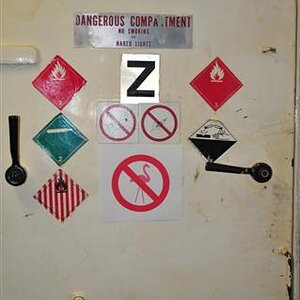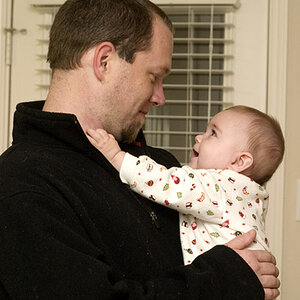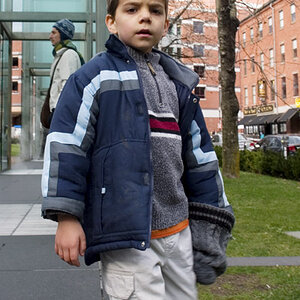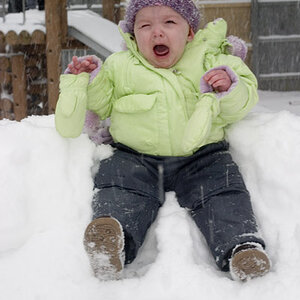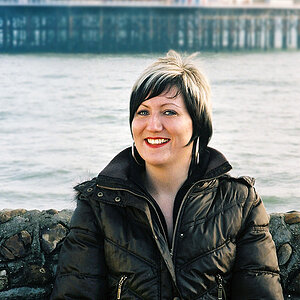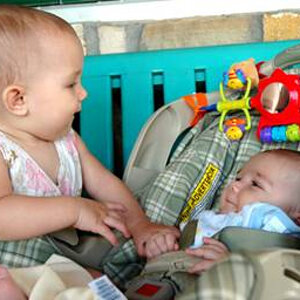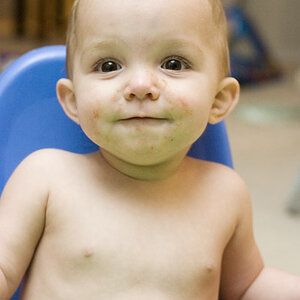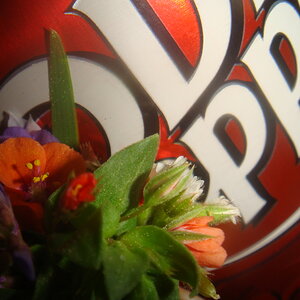ElNico
TPF Noob!
- Joined
- Aug 10, 2017
- Messages
- 109
- Reaction score
- 8
- Can others edit my Photos
- Photos OK to edit
I'm splitting these into three threads so as not to dump too many images in one place; and because I suspect each shoot has its own unique merits and issues, so it makes sense to have a separate discussion thread for each. If I shouldn't be doing that let me know.
This is my first self-directed shoot (not counting workshops where two or more photographers were often shooting at once, and I wasn't giving nearly so many instructions), from a couple of months ago.
I'll say that there is a particular issue that I feel all these photos have; but I'll refrain from saying what it is for now, because I want to see whether other, more knowledgeable people than me come to the same conclusion without my bringing it up first.
More photos from the shoot can be seen in the album on Flickr.
Critique very much appreciated!
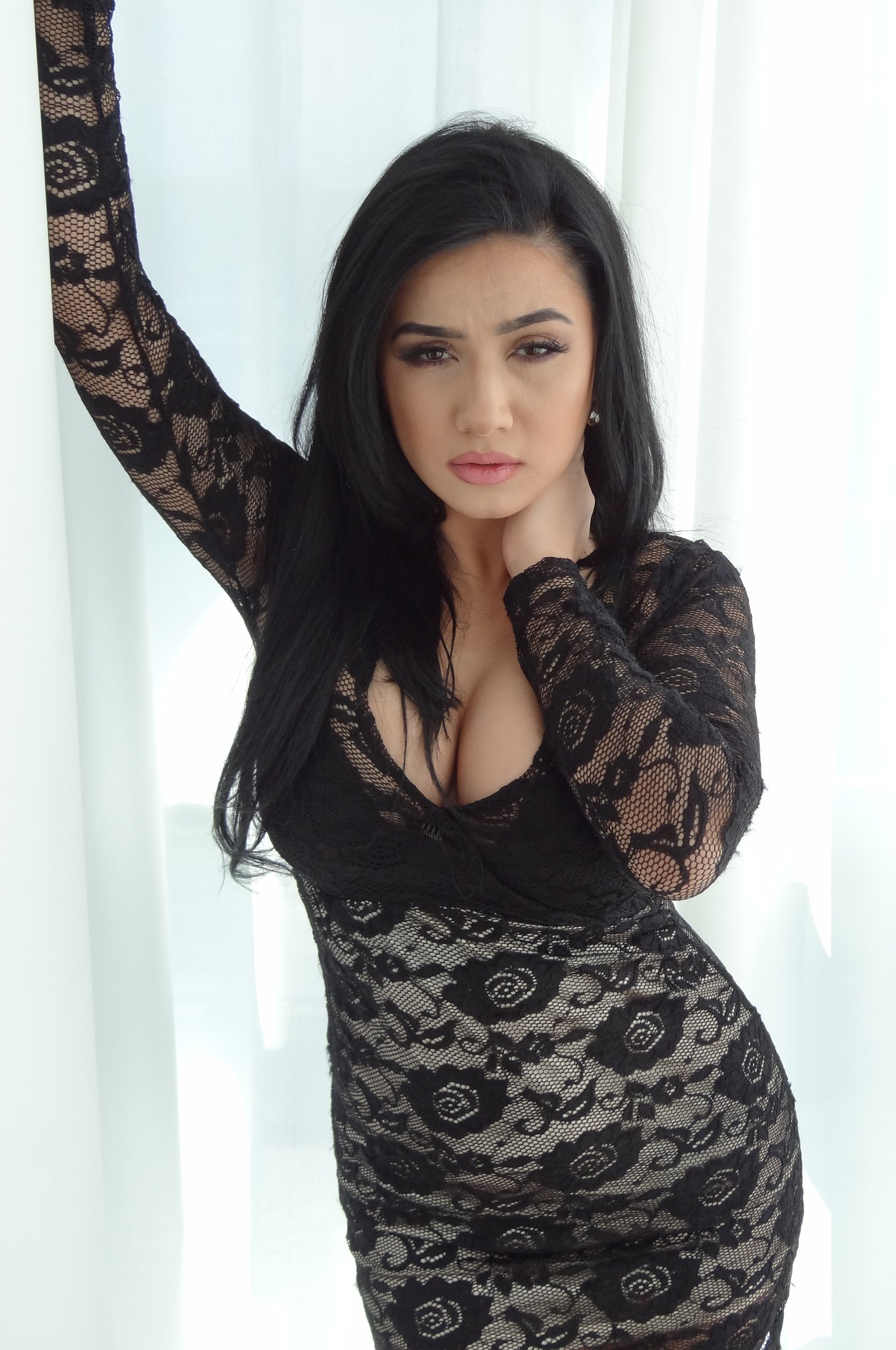 DSC01226 B by El Nico, on Flickr
DSC01226 B by El Nico, on Flickr
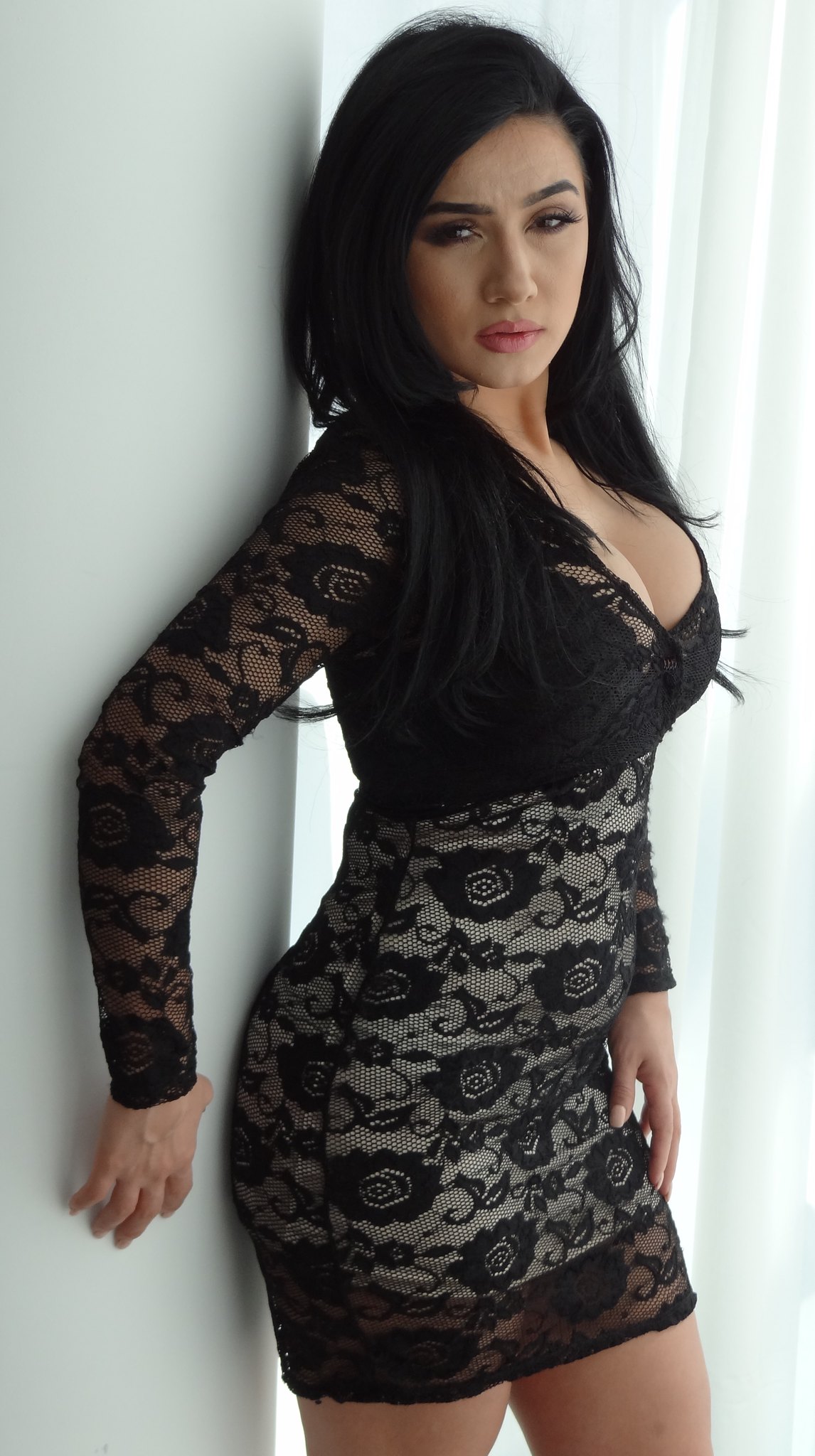 DSC01236 B- f by El Nico, on Flickr
DSC01236 B- f by El Nico, on Flickr
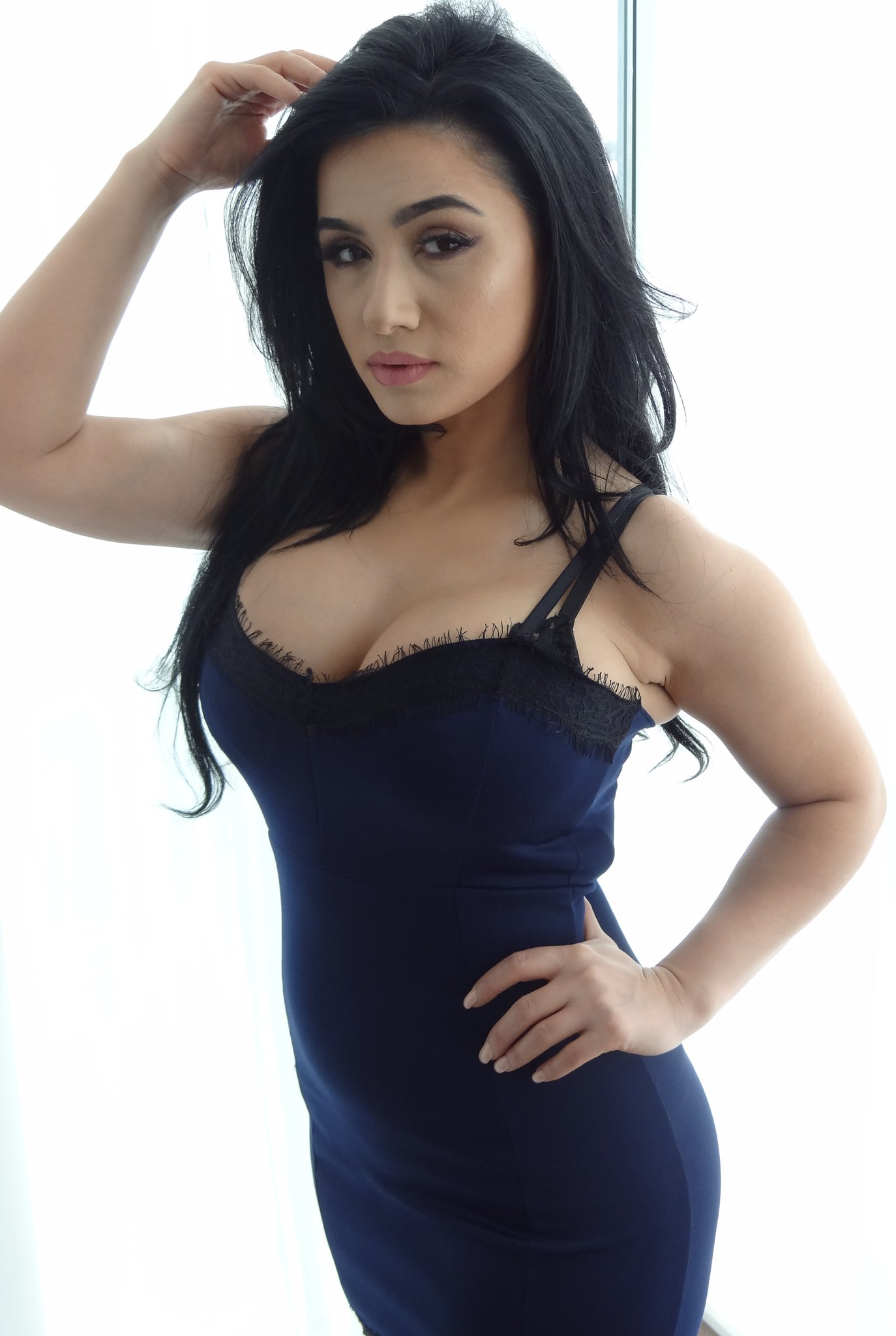 DSC01260 B by El Nico, on Flickr
DSC01260 B by El Nico, on Flickr
This is my first self-directed shoot (not counting workshops where two or more photographers were often shooting at once, and I wasn't giving nearly so many instructions), from a couple of months ago.
I'll say that there is a particular issue that I feel all these photos have; but I'll refrain from saying what it is for now, because I want to see whether other, more knowledgeable people than me come to the same conclusion without my bringing it up first.
More photos from the shoot can be seen in the album on Flickr.
Critique very much appreciated!
 DSC01226 B by El Nico, on Flickr
DSC01226 B by El Nico, on Flickr DSC01236 B- f by El Nico, on Flickr
DSC01236 B- f by El Nico, on Flickr DSC01260 B by El Nico, on Flickr
DSC01260 B by El Nico, on Flickr
Last edited:




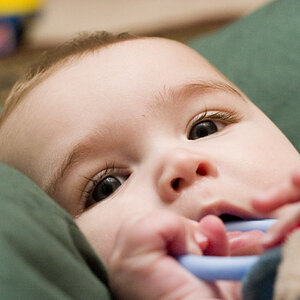
![[No title]](/data/xfmg/thumbnail/36/36301-27972c0474532c2ef657014362950733.jpg?1619737495)
![[No title]](/data/xfmg/thumbnail/33/33421-38d09827e584b8381c5e3a468cdf0159.jpg?1619735961)
